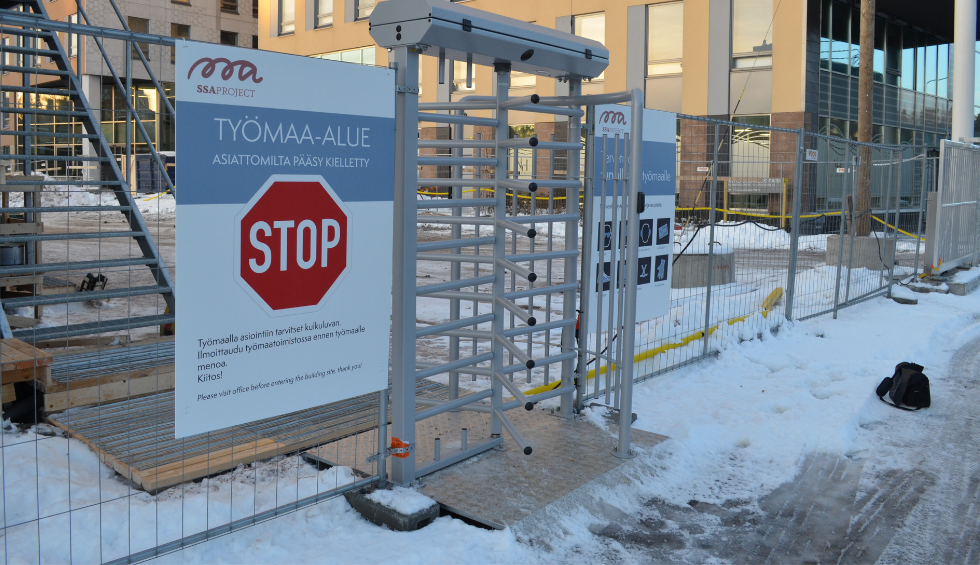The construction industry is challenging in terms of occupational health and safety. Statistically, employees in the construction industry are much more prone to work place injuries in comparison to many other industries. Construction sites are known for high labor turnover, hazardous working conditions and project specific risks.
In Finland, occupational safety in the construction industry has improved drastically over the years. In fact, work place accidents have decreased by a quarter in the past ten years. Even the most serious accidents and fatal injuries have decreased considerably. When looking at the differences between EU countries in accidents caused by occupational safety deficiencies at construction sites, Finland is in a very good position.
Why are Finnish construction sites so safe?
- Construction site safety is highly regulated by Finnish laws ie. the Occupational Safety Act, the Occupational Health Care Act and the regulations set by the Government on the safety of construction work.
- Before construction even begins, the Occupational Safety and Health Act requires that the main contractor notifies the regional administrative authorities of the new job site. This notification has to include an occupational safety plan that takes into account the work phases of the project, as well as site-specific risk factors and risk management guidelines.
- A weekly maintenance inspection has to be completed and documented at all construction sites. Potential safety hazards have to be evaluated by site managers weekly.
- It is mandatory to complete site-specific inductions for all employees, before they can commence work at a new construction site. This ensures, that all construction site workers receive sufficient guidance before starting independent work, ie. on the risks of that specific construction site. Download a free site induction template from our website!
- In general, education levels in Finland are high. Construction site workers typically arrive at site with a solid education on the different roles and tasks at construction sites.
- Construction workers are trained to look out for and report on possible safety hazards encountered on common/shared sites.
- According to regulations issued by the Government, some construction site tasks require a formal qualification, such as a license.
- Workers can only enter the job site in the required work clothes, which include safety shoes, goggles, helmets, and attention vests. Visitors at the site must also be provided with the required safety equipment.
- Larger construction sites in Finland are usually closed off from wandering civilians with construction site gates and turnstiles.
- Site supervisors have to always be aware of who it as their construction sites. The Occupational Safety and Health Act requires that construction sites maintain a real-time personnel list of construction workers currently at site.
- Construction employees are required to wear an ID card with a photo on their uniforms while at site. This way it’s easier to manage multiple contractors and their employees as well as protect the site from theft and unwanted visitors.
- The regional administrative authorities monitor that occupational safety is implemented in accordance with the criteria and laws required on Finnish construction sites. The main contractor is criminally liable for the implementation of these laws and regulations.
- Finland is also one of the lucky countries where the Occupational Health Care Act takes care of employees’ working hours, statutory holidays, occupational health and insurances, if any accidents to happen at sites. This ensures the mental and physical endurance of the employees.
The development of occupational safety should be a continuous process for construction sites. Due to hazardous working conditions and project specific risks, it is important to anticipate potential dangers. Information about safety must be shared openly, and the common safety of the site requires the input, vigilance, and commitment of all those working on the site.
Occupational safety week is celebrated annually in Finland and this year it runs from 25.- 29. October 2021. The purpose of Occupational Safety Week is to remind the construction industry about occupational safety and share different operating models to improve it. The construction industry in Finland is constantly striving to promote occupational safety in many different ways, and occupational safety competitions between construction sites have been organized for more than 20 years.
LogiNets has developed digital tools for construction site safety management with over 20 year’s of experience in the field!


